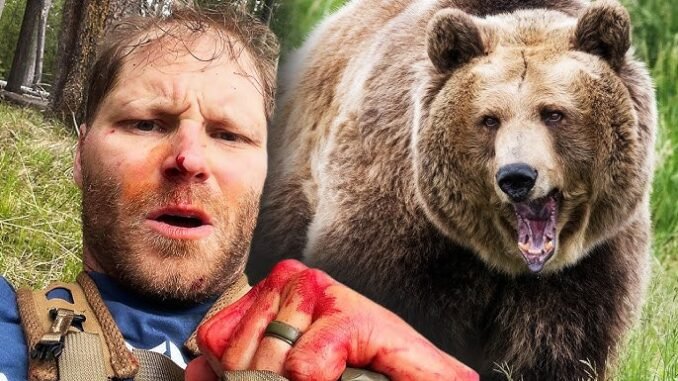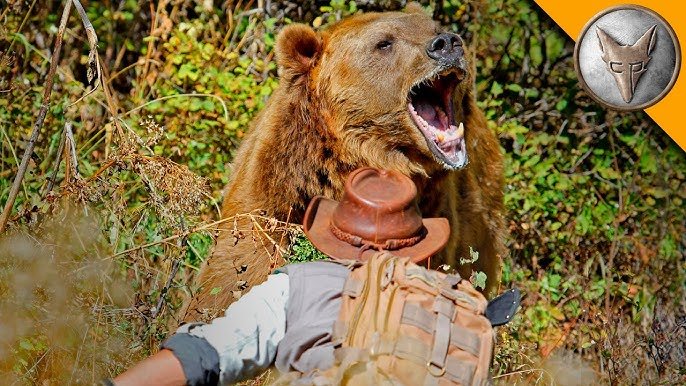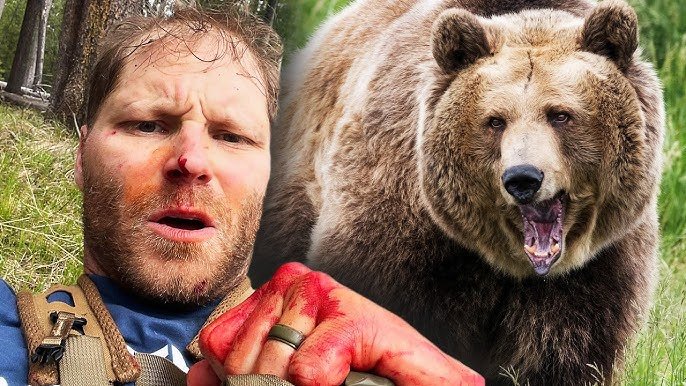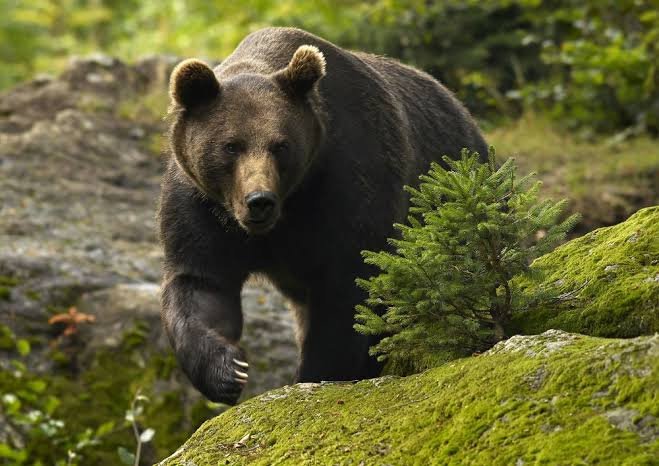
**Slovenia Faces Rising Brown Bear Threat as Citizens Demand Urgent Government Action**

Slovenia, known for its lush forests, pristine mountains, and thriving wildlife, is now facing an escalating challenge — a growing number of **human-bear encounters** that are causing concern across the nation. With an increasing population of brown bears venturing closer to villages and towns, citizens are calling for immediate and decisive action from the government to address what many see as a mounting threat to both human safety and rural livelihoods.
Public Alarm Over Bear Encounters**
In recent months, reports of brown bears wandering into Slovenian villages, damaging property, and raiding trash bins for food have multiplied. Residents in several rural communities have expressed fear and frustration, saying that the situation has gone beyond sporadic sightings — it has become a daily risk.
The growing anxiety led to a **petition signed by approximately 4,200 Slovenian citizens**, urging the government to step up measures to control the bear population. The petition was initiated in **Rakitna**, a small village located about 25 kilometers south of Ljubljana, where encounters between humans and bears have become particularly frequent.
Residents describe scenes of bears strolling down roads, overturning garbage containers, and even entering private properties in search of food. While such encounters were once rare, locals say they have now become routine. “We no longer feel safe walking outside at night,” said one resident of Rakitna. “The bears are no longer afraid of people — they’ve learned that food is easy to find near our homes.


A Population Boom in Slovenia’s Forests**
Slovenia is home to one of the largest brown bear populations in Europe, estimated at several hundred animals in the early 2000s. However, improved protection laws and conservation policies have led to a significant rise in their numbers. According to the **Ministry of Natural Resources and Spatial Planning**, the population has now reached levels that many experts consider unsustainable in the long term.
For the **2025–2026 period**, the government set a **quota of 206 bears** to be legally culled or relocated. However, petitioners argue that this quota is insufficient and should be **fulfilled by the end of 2025**, not spread over two years. They warn that if immediate steps are not taken, bear numbers could grow even further — increasing the risk of dangerous encounters and attacks.
Slovenian environmental experts say that the rapid expansion of the bear population has also led to territorial conflicts among the animals, pushing younger bears closer to human settlements as they search for food and new habitats.
—
### **Balancing Conservation and Safety**
The issue has sparked a national debate over how Slovenia should balance **wildlife conservation** with **public safety**. While many citizens demand more aggressive control measures, environmentalists caution against hasty decisions that could harm the country’s ecological balance.
Slovenia has long been recognized as a model for wildlife coexistence, with well-managed forests and successful conservation efforts that have allowed brown bears to thrive. However, as the population grows, the challenges of coexistence are becoming more pronounced.
Some conservationists suggest that instead of focusing solely on hunting quotas, authorities should invest in preventive measures — such as better waste management in rural areas, electric fencing for livestock protection, and public education campaigns on how to respond during bear encounters.
—
### **Government Response and Ongoing Discussions**
In response to the rising public pressure, the **Ministry of Natural Resources and Spatial Planning** acknowledged the growing number of bear sightings and confirmed that it is reviewing current management strategies. Officials said the government aims to ensure safety for citizens while maintaining Slovenia’s commitment to biodiversity and environmental protection.
A spokesperson for the ministry stated,
> “We understand the public’s concern and are taking the issue seriously. Our goal is to strike a balance between protecting wildlife and ensuring the safety of our communities. The brown bear is a symbol of our natural heritage, but we must manage its population responsibly.”
Local municipalities have also begun cooperating with wildlife experts to monitor bear movements using GPS tracking and to increase patrols in high-risk areas. In Rakitna and nearby villages, authorities have installed warning signs and advised residents to avoid leaving food waste outdoors, as it attracts bears searching for easy meals. Call for Swift and
Sustainable Action
For now, the residents of Rakitna and other rural regions are hoping their voices will be heard. They want stronger government intervention — whether through higher quotas, relocation programs, or improved safety infrastructure. The petitioners believe that failing to act swiftly could lead to more frequent and dangerous bear encounters, potentially resulting in injuries or fatalities.
As Slovenia continues to grapple with this growing challenge, one thing is clear: the country’s success in wildlife conservation must now be matched with equally effective strategies for **coexistence and safety**. The brown bear remains an integral part of Slovenia’s natural landscape — but ensuring harmony between humans and these powerful animals will require urgent, thoughtful, and science-based action.
**Slovenia’s citizens have spoken — it’s time for their government to find a solution tha
t protects both its people and its proud wilderness.**
Leave a Reply